Best Bok Choy for St. Louis
by: Dean Gunderson
Bok choy is a delicious and nutritious vegetable that is pretty low maintenance to grow in St. Louis, EXCEPT, it tends to quickly bolt once it gets hot. Given St. Louis’ erratic spring weather this tendency can be a huge problem. It’s not unusual for us to hear from gardeners who had their bok choy bolt and stop producing before the plants were even big enough to harvest. So this spring we did a variety trial with the goal of identifying one or more varieties of bok choy that were resistant to bolting and produced well in St. Louis and we are happy to say we found 3 varieties that did exceptionally well. Before we get into that let’s first talk a little about bok choy.
Bok Choy Background
Bok choy is a member of the brassica family. But it is Brassica rapa, not Brassica oleracea (the species that includes cabbage, broccoli, cauliflower, kohlrabi, brussels sprouts, collards, and kale). Like Brassica oleracea though Brassica rapa is a species that was domesticated into many different crops. Brassica rapa includes bok choy but also turnip, tatsoi, broccoli raab, napa cabbage, komatsuna, field mustard, and several other types of less common greens.
Although Brassica rapa is from somewhere in Eurasia, the exact location of its original domestication is debated. However, bok choy specifically is generally accepted to have been developed in the Yangtze River Valley of China. From there it spread throughout East Asia and then to the rest of the world. As its place of origin, and where it is still the most popular, China has the greatest diversity of bok choy varieties and where the bulk of the world’s bok choy is still grown.
When bok choy was developed there were two main types that were developed; green stemmed and white stemmed. Green stemmed varieties are generally speaking more forgiving and adaptable. White stemmed varieties are generally the ones you will see at the store because the brilliant white colored stems look nice and they tend to be more juicy and crunchy.
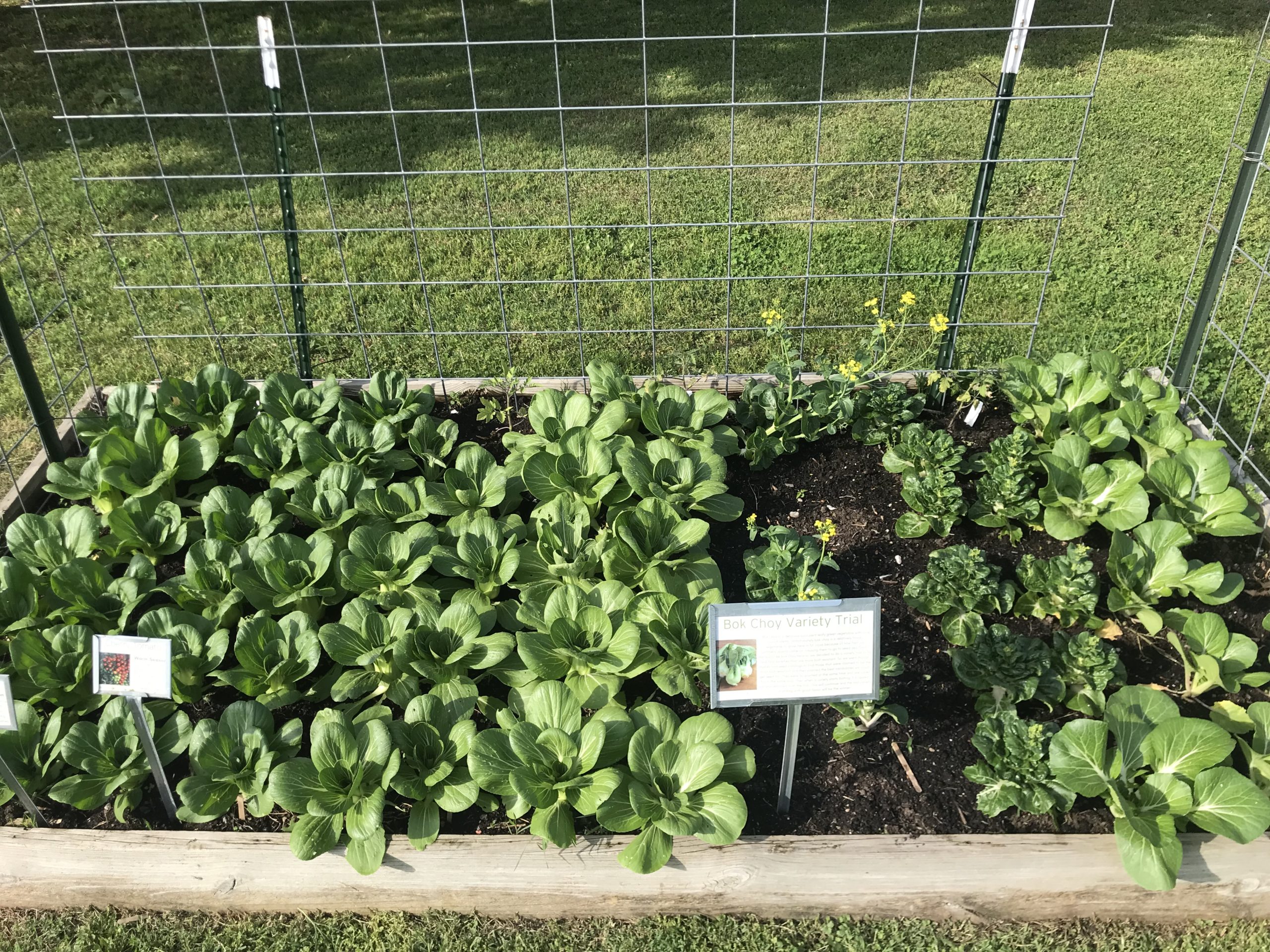
Our Test
In an attempt to find a variety that would grow well in St. Louis, despite our erratic springs/summers, we identified 7 varieties that were claimed to be the most heat and bolt resistant. The 7 we tried were:
- Chun Mei
- Chun Yu
- Jimao Choi
- Mei Qing Choi
- Extra Dwarf Pak Choi
- Hotau Improved
- Joi Choi
One by one extra dwarf pak choi, mei qing choi, hotau improved, and then jimao choi bolted with extra dwarf bolting in mid-May and Jimao bolting by mid-June. Even these varieties that “failed” did quite well considering how most bok choi performs in a St. Louis spring. Hower joi choi, chun mei, and chun yu left the others in the dust.
Joi Choi
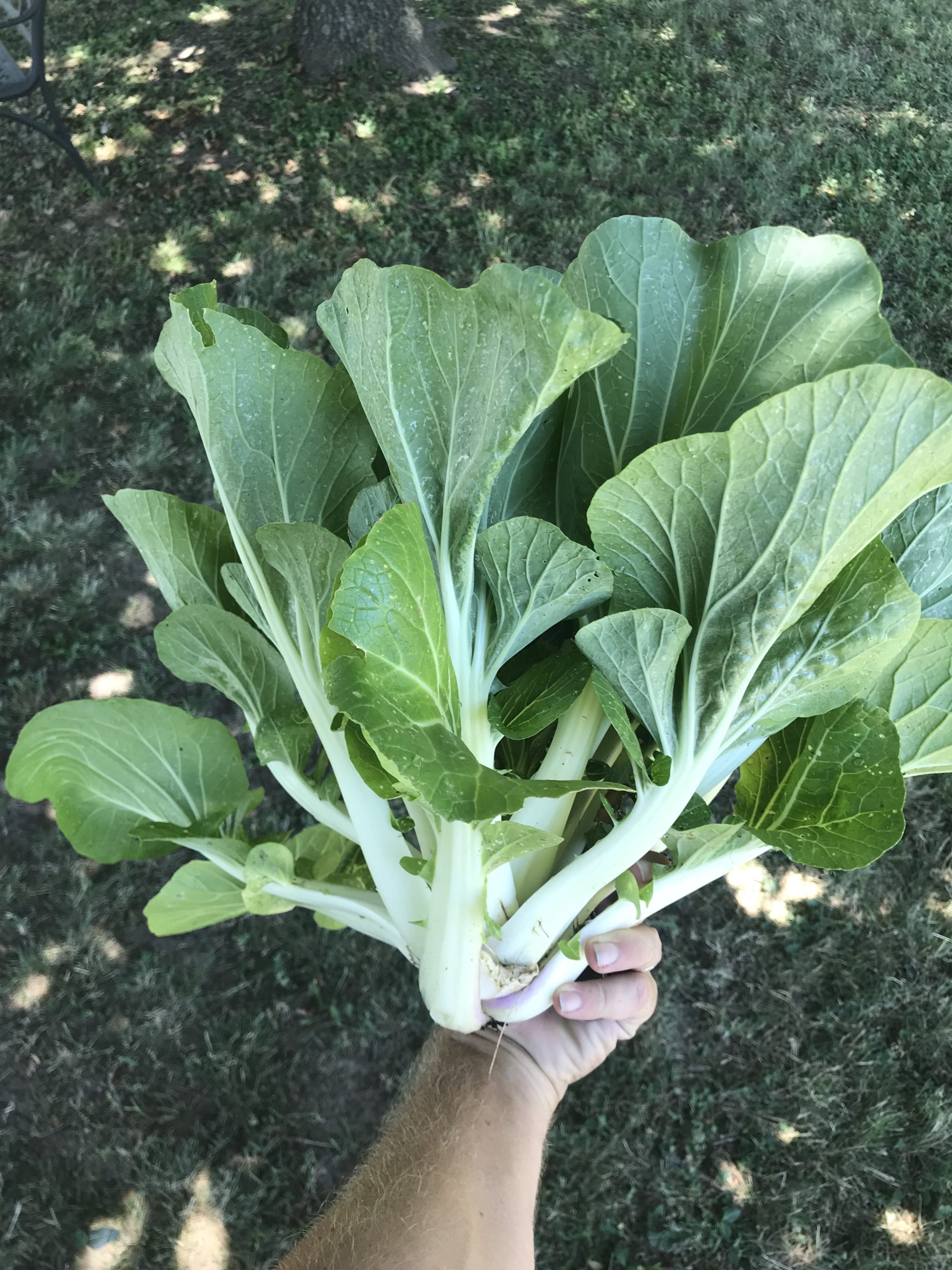
Given that white stemmed varieties tend to be more picky about their weather than green stemmed varieties we were shocked when joi choi, a large bok choy with thick succulent white stems, was one of the last to bolt in our test. The other white stemmed varieties in our trial bolted in May. Joi choi bolted over a longer period of time than the others, where all individuals of the same variety bolted within a week. The first one started bolting in the second week of June but we didn’t end up harvesting the bulk of the joi choi until the end of June which is impressively late. By this time those plants had endured many days in the 80’s, 90’s and even a day that reached 100 degrees.
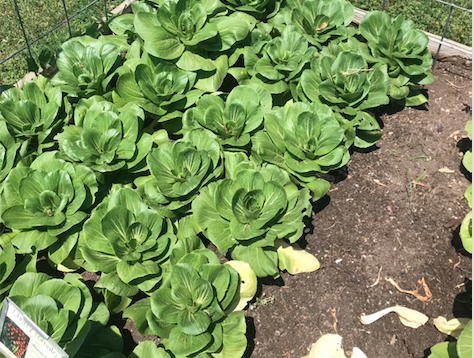
Chun Yu
Chun yu is a green stemmed variety that produces baby sized heads. It never actually bolted but by the first week of July it was starting to elongate and look a bit ragged so we harvested it.
Chun Mei
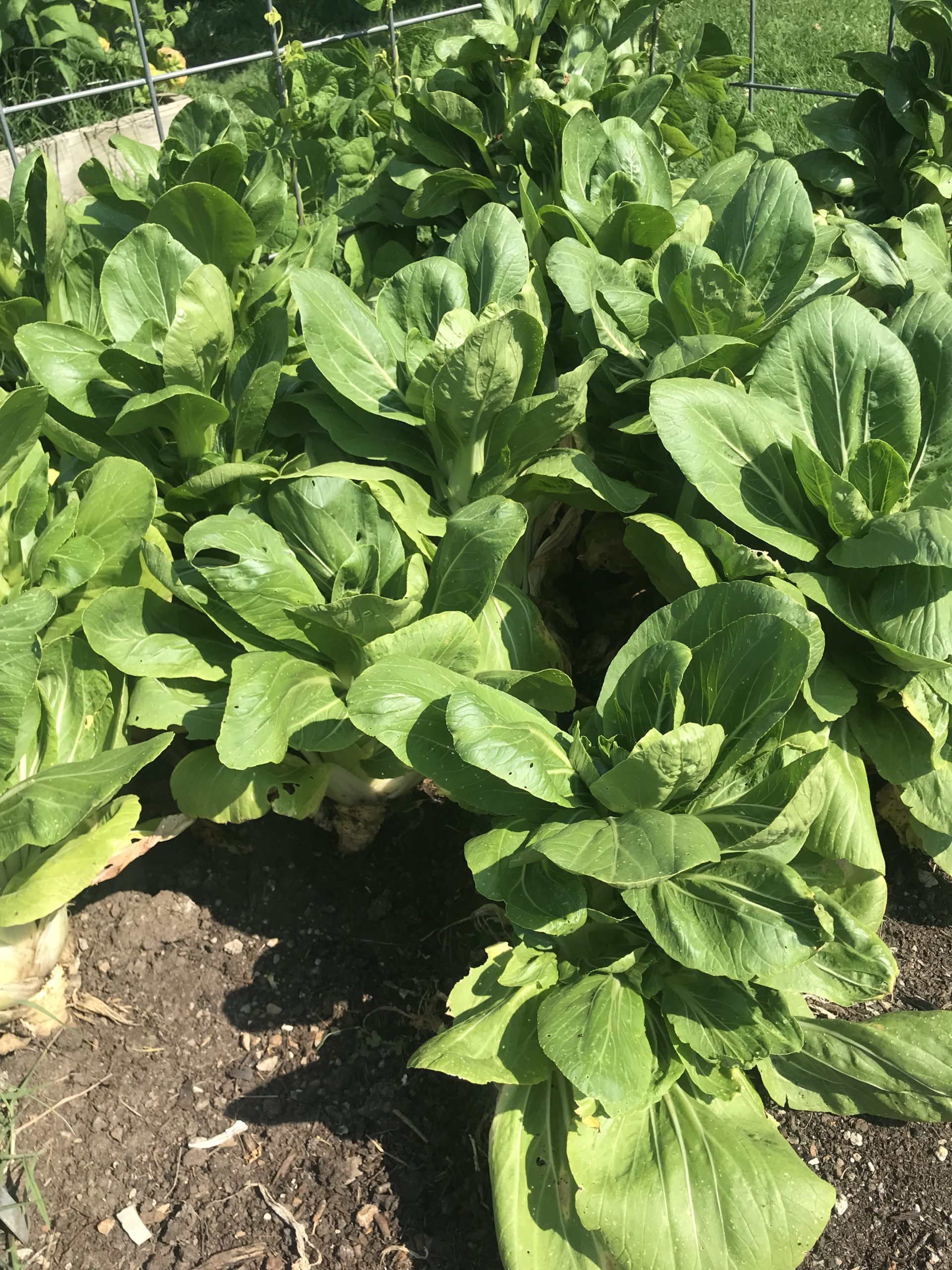
The winner of the trial. Chun mei was almost identical to chun yu in size and look but seemed a bit more bolt resistant than chun yu. Like chun yu it never actually bolted but started elongating and looking ragged in July. Unlike chun yu though this didn’t happen until mid-July! This is incredibly late in the season to harvest bok choi that hasn’t been protected from the heat in some way. By the time we harvested the chun mei those plants had endured 38 days of temperatures in the 80’s, 15 days of temperatures in the 90’s and even a day that reached 100 degrees. Not too shabby for a cool season crop prone to early bolting.
Conclusion
All of the varieties we tried did comparatively well against most bok choy we have grown in the past but if you are looking to grow a large bok choy and/or a white stemmed bok choy, joi choi is a great one to grow. If you want to grow a green stemmed and/or baby bok choy, try the varieties chun yu or chun mei.

